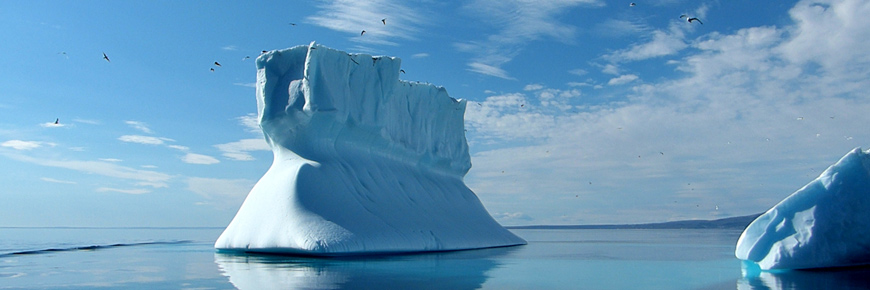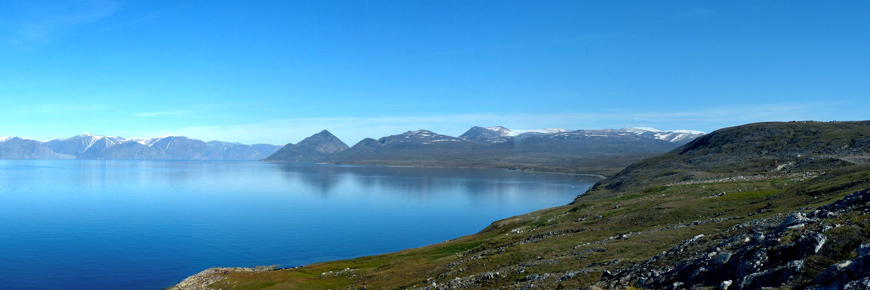
© Francine Mercier
Where is Tallurutiup Imanga?
Tallurutiup Imanga is located in the northeastern region of Nunavut. It is a large natural and cultural seascape that is one of the most significant ecological areas in the world. It is critical habitat for species such as the polar bear, bowhead whale, narwhal and beluga whale. For Inuit living in the region, called both Tallurutiup Imanga and Tallurutiup Tariunga by the Inuit, it is a place rich in culture and wildlife.
The Government of Canada and the Qikiqtani Inuit Association have announced the signing of an Inuit Impact and Benefit Agreement (IIBA) required for the final establishment of the NMCA. At approximately 108,000 square kilometres, Tallurutiup Imanga National Marine Conservation Area represents approximately 1.9 percent of Canada’s marine area.
With the signing of the IIBA, Parks Canada and QIA will now begin to operationalize the site. The last step in the establishment process will be for the government to table legislation in a future Parliament to formally protect the area under the Canada National Marine Conservation Areas Act.

Protection of Tallurutiup Imanga

During consultations with Inuit communities, significant support was expressed for the protection of Tallurutiup Imanga. The NMCA will provide a number of ecological and social benefits, including:
- conserving the rich biodiversity and maintaining ecological processes and life support systems of the Tallurutiup Imanga marine ecosystem for the benefit of marine species, Nunavummiut and Canadians
- establishing a collaborative relationship between Canada and Inuit that will guide current and future activities in Tallurutiup Imanga to ensure the ecological and cultural viability of the area for future generations
- protecting and conserving species at risk and their habitats
- protecting the Inuit way of life and Inuit traditions through protection of the marine environment and marine wildlife food sources
- allowing all activities within the NMCA, including fisheries and marine transportation activities, to be managed in a more ecologically holistic manner
- protecting historical resources, such as shipwrecks and archaeological sites
- providing opportunities for visitors to experience and appreciate this environment
- encouraging ecological research and monitoring
- providing a level of resilience to the fragile Arctic marine ecosystem facing climate change
- encouraging ecologically sustainable economic opportunities in the region.
- Date modified :